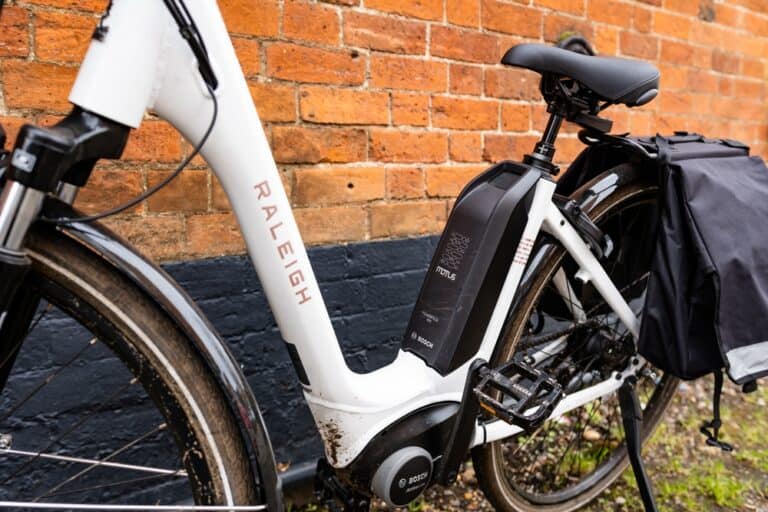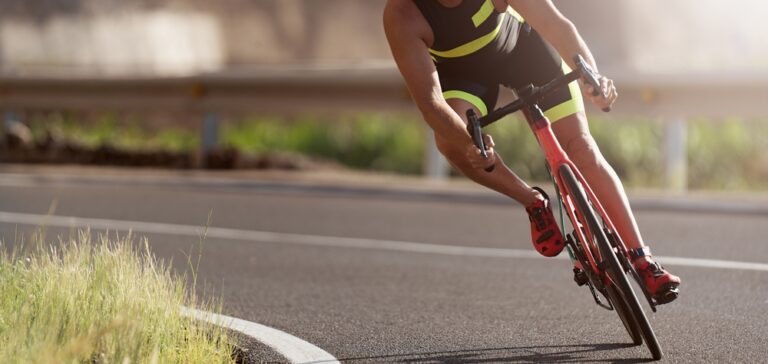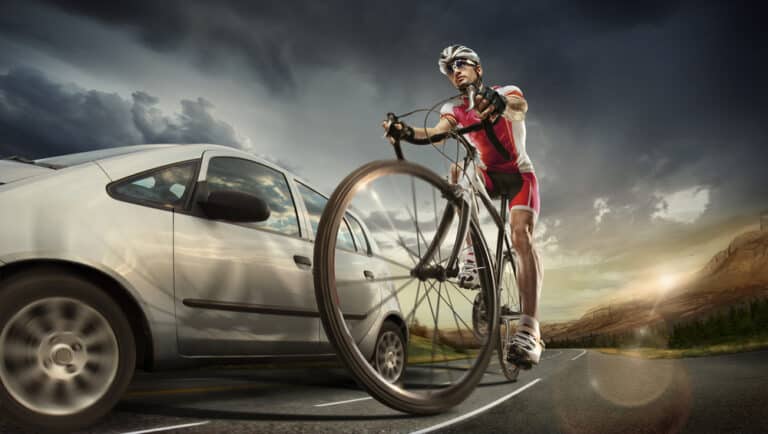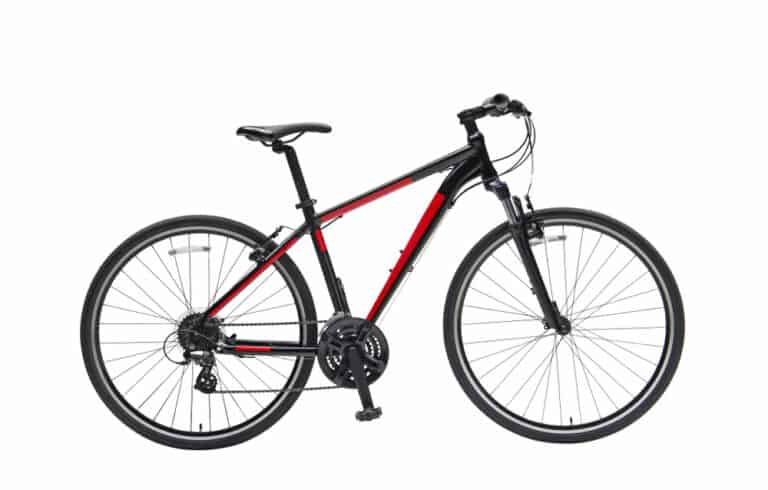Does Biking Build Calves?

Biking is considered a low-impact aerobic exercise, and there are a plethora of health benefits that derive from engaging in it. It also varies in intensity levels, and unlike some other activities, it is suitable for people of all ages and levels. Apart from being some people’s mode of transport, it can also be done leisurely or competitively, but does it build your calf muscles?
The overall volume and intensity of your regime, and if married to supplementary training, such as weightlifting, determine this. So if you want to build calf muscles, work with a trainer for an appropriate program. Otherwise, it develops your endurance muscle fibers and leads to muscle toning.
Biking is an excellent form of workout that can allow you to maintain incredible fitness levels. Apart from being a relatively cheap activity, it also has physical and mental health benefits. Now, as we consider the benefits of building calf muscles, they undoubtedly come with engaging in biking. So let us take a closer look at the perks of biking.
Will Biking Lead To Building Bigger Calf Muscles?
Biking aids the development and overall function of your entire lower body; it helps to strengthen your legs without putting unnecessary strain on your joints. This is highly beneficial for those who may struggle with knee or other lower joint issues. Overall, biking will target all the muscles making up your leg, including the glutes, quadriceps, hamstrings, and, indeed, your calves.
You will undoubtedly build your calves; however, they do not work in isolation when it comes to biking. Instead, your other leg muscles will also be directly engaged in the pedaling motion to drive the bicycle forward. However, you have noticed, when on a bike, the placement of your feet typically sees the balls of your feet placed on the pedals.
Owing to this, your calf muscles will most certainly do a lot of work, and they will almost constantly be in a state of contraction. That is why you may have noticed that professional bikers and cyclists tend to have incredibly chiseled calf muscles; their whole legs tend to be well developed, but the one muscle group that will often stand out is their calves.
Suppose you partake in regular biking or cycling routines, on-road or trekking along mountain trails, or even on a stationary bike at your local gym. In that case, you will ultimately discover that your legs, in totality, will become leaner and more muscular.
Of these, the ones you are probably hoping for the most are your calves, primarily developed during the downward thrust on the pedals. What we would also recommend, if you are genuinely hoping to build larger calf muscles, is also to incorporate weightlifting exercises at the gym. Weighted calf raises are one you want to focus on but do not neglect, lunges, leg presses, and squats.
The Importance Of Warming Up Your Calf Muscles For Biking
Developing your calf muscles includes warming up your muscles before getting on the bike and pushing yourself to a state of moderate to high intensity. Thus we advise that you do dynamic stretches before, and then once you feel warmed up, you can also consider doing static stretching. If need be, roll out your leg muscles and try to remove any existing tension.
Then if you are at a biking event or even if it is merely training, or you are going for a recreational ride, spend roughly 5 minutes at least biking at approximately half your typical riding intensity. This will allow your calves and other leg muscles to be primed and adequately warmed up before you increase the level of intensity and ride at your average pace.
Tips Regarding Pain Or Tension In Your Calves From Biking
One key element we must get into before delving into this area of training is that you must first be warming up correctly and adequately. Sometimes we are pressed for time, and we skimp over the warm-up, but we highly advise against this as you can easily cause problems for yourself and end up with injuries that put you out of action for various lengths of time.
However, let us presume that you have warmed up and stretched appropriately, yet you still encounter strain, tension, or discomfort in your legs (particularly your calf muscles). The most likely culprit is that you have adopted a biking regime that is too rigorous and demanding. Thus it would be best if you dialed it back a bit and gradually built up the intensity of your training.
If you are out biking and you experience spasms in your calf muscles or unwanted tension, one of the first things you can do to ensure you do not have to stop and get off the bike is to stand on the pedals. Allow your heels to dip downward one after the next and what you should experience is a gentle stretch occurring as you do so.
Alternatively, you can stop riding, find a space to put your bike and do dynamic and static stretches. You may also need to rub the muscle(s) rather firmly to help alleviate the spasm or tension in the muscle(s). However, one thing you do not want to do is climb off of your bike and remain immobile; this will cause your muscle(s) to seize up, and you will struggle to continue riding.
An additional side note that may come in handy and may seem counter-intuitive is to ensure that you are consuming enough salt in your diet. This does not denote the need to sprinkle salt over every meal you have, as that, in turn, can also cause problems, but without a sufficient salt intake, you will be more susceptible to muscle cramps during and post-training or competitions.
Other Reasons That Biking Is Worth Taking Up
Biking is something anyone can take up, and the age range for biking is extensive compared to other aerobic and other forms of exercise and fitness. Anyone can ride, and if you do not feel comfortable on a regular bicycle and perhaps have issues with your balance, a stationary bike is just as good of an option.
Suppose you have never been physically active, been incredibly sedentary for a while, or are even recovering from injuries. In that case, biking at low intensities can be a great way to help rehabilitate your legs or empower you to begin your fitness journey. Then as you become fitter, you can increase the intensity and even consider incorporating other elements into your training routine.
Exercise of any form, including biking, can promote mental health and aid you develop a holistic and healthy lifestyle. It will not magically cure things such as high-stress levels, anxiety, or depression, but it is a great tool to have in your arsenal to help combat those issues.
Allowing your mind to focus on the road or trail, as well as your cadence, while biking aids in developing concentration levels as well as the ability to remain in the present and block out the “mental chatter” that can take a considerable toll on us. Additionally, endorphins are released when you exercise, which are proven to help you relax and feel better.
On top of the mental benefits, biking is linked to aiding in managing certain medical conditions or even preventing some, such as cholesterol and heart problems. Other things that sedentary people are more susceptible to are strokes, high blood pressure, type 2 diabetes, and even heart attacks.

Conclusion
Whether you hope to build your calf muscles is entirely up to you and will depend on many variables. You will become leaner over time, and your muscles will tone and be more defined. However, if you do not want bulky calf muscles, getting on a bike does not have to be something you fear; for that, you would need to supplement your training and have a vigorous regime.
References
- https://www.healthline.com/health/fitness-exercise/cycling-benefits#benefits
- https://www.livestrong.com/article/533626-does-a-bike-work-your-calves/
- https://livehealthy.chron.com/can-riding-stationary-bike-high-tensions-build-muscles-calves-6826.html
- https://www.trainingpeaks.com/blog/the-primary-muscles-used-for-cycling-and-how-to-train-them/
- https://www.welovecycling.com/wide/2018/06/21/embracing-strong-legs-how-cycling-does-doesnt-change-a-womans-body/
- https://www.bicycling.com/training/a20040951/does-cycling-give-you-big-legs/







